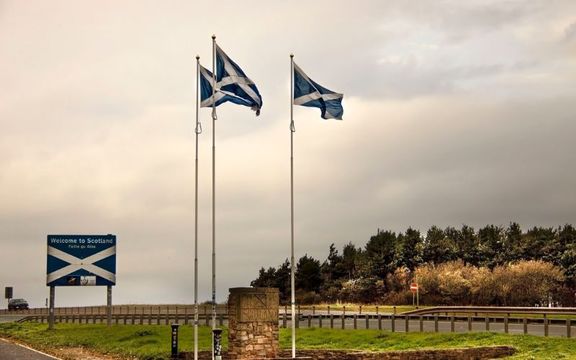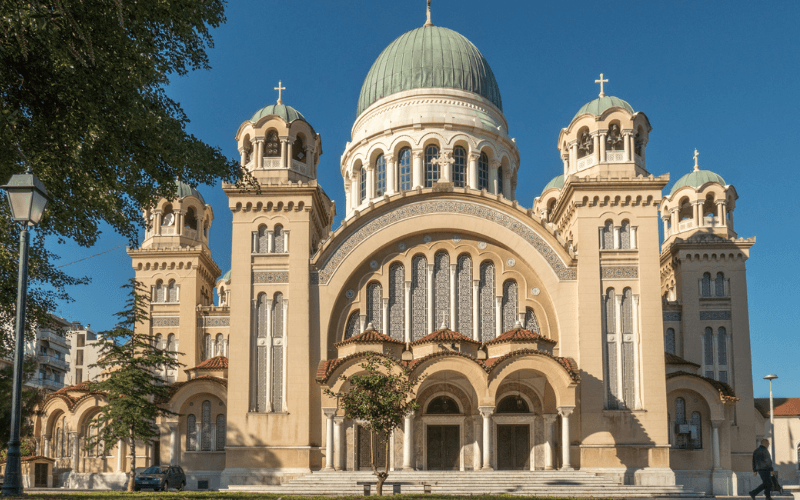
The Scottish flag is inspired by St. Andrew Getty
Celebrated every year on 30 November, St Andrew’s Day celebrates the patron saint of Scotland who has inspired much of the country’s history - even down to its white and blue flag.
But the question remains, who is St Andrew and what is his connection to Scotland?
For those not of the Christian persuasion, St Andrew was one of the 12 apostles and after the crucifixion of Jesus continued to remain a devout follower. Andrew preached about Christ and Jesus throughout Greece and around the Black Sea area, eventually being warned that if he kept preaching about Christianity he would be persecuted. Andrew refused to stop spreading the word of God, and so governor Aegeas stayed true to his word and sentenced Andrew to death by crucifixion in the Greek city of Patras. Aegeas was a staunch believer in Roman gods and as such found Andrew’s teachings not only wrong but disrespectful to the beliefs of the Greek people.
Saint Andrew was crucified 30 November, 60AD in an upside down position - the shape of an X rather than that of a cross as he himself felt unworthy to die in the same way as Christ. His head can be found in the Cathedral of Saint Andrew in Patras, which makes his connection to Scotland all the more interesting.

Cathedral of Saint Andrew in Patras. Credit: Getty
Several hundred years later, in 347, St Regulus - the bishop of Patas and keeper of the body - claims that St Andrew appeared to him in a vision and told him to hide some bones and other relics before awaiting further instructions. A few days later, the emperor Constantine removed ransacked Patras and moved the remaining parts of Andrew's body to Constantinople. An angel then appeared to St Regulus and told him to take the relics and “go west” - laying the foundations of a church wherever he should end up. That church was established in a small settlement near Fife in Scotland after the boat on which St Regulus was travelling was shipwrecked. The settlement is now known as St Andrew’s.

Eton schoolboys playing the annual 'Wall Game' that occurs every St Andrew's Day 1938. Credit: Getty
Over the following years, St Andrew’s popularity among the Scots grew, with devotion rising Andrewmas was made a national festival. However, it was as a result of The Declaration of Arbroath in 1320 that cemented Andrew’s place in Scottish history. The declaration was written by Scottish clergymen to Pop John XXII as an appeal against the claim that Scotland fell under the jurisdiction of the Archbishop of York. The clergymen explained that Scotland was under the protection of St Andrew and so needed protection against the advances of the English while describing Andrew as “our patron and protector”.
In 2006, 30 November was declared a bank holiday in honour of St Andrew.





Comments